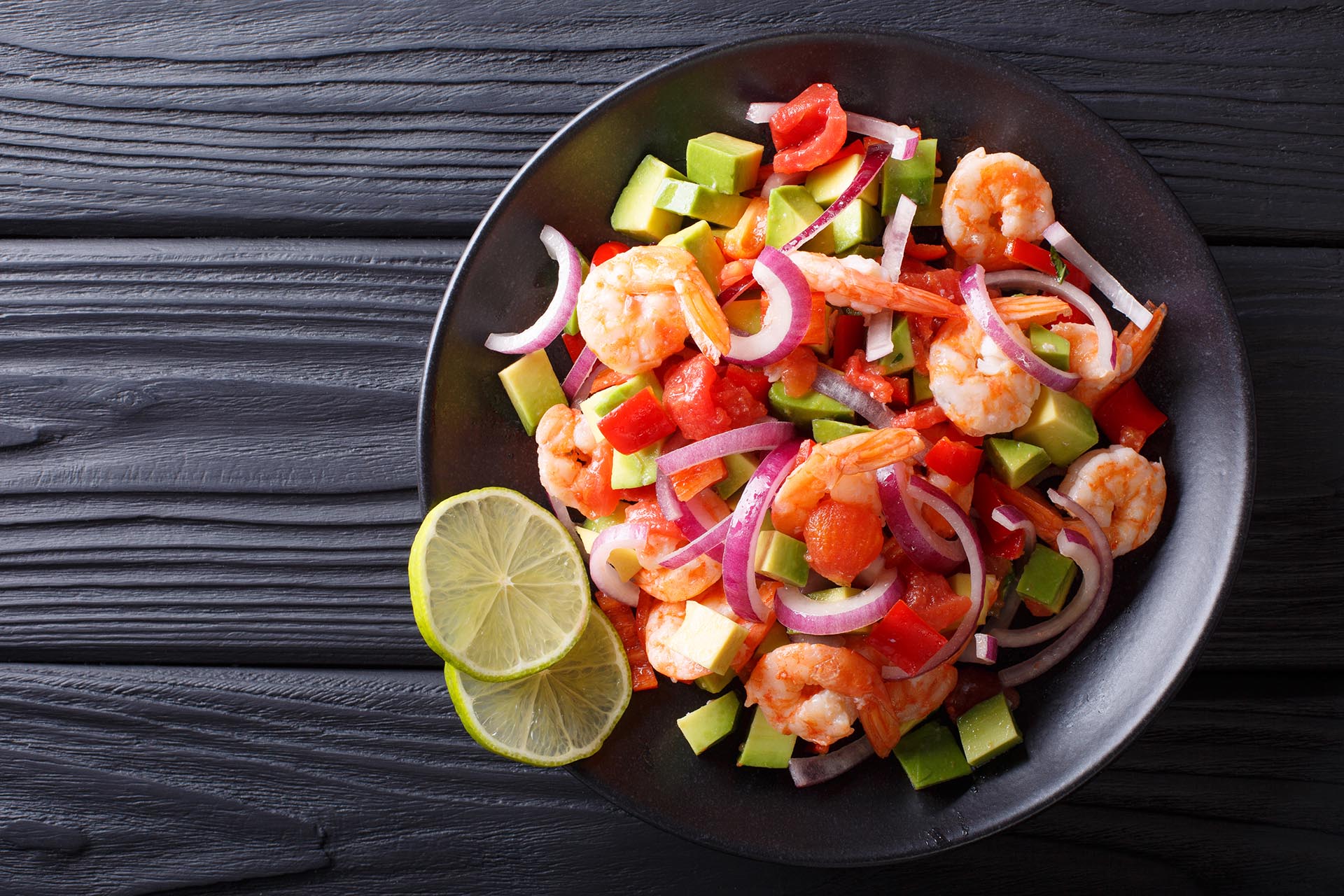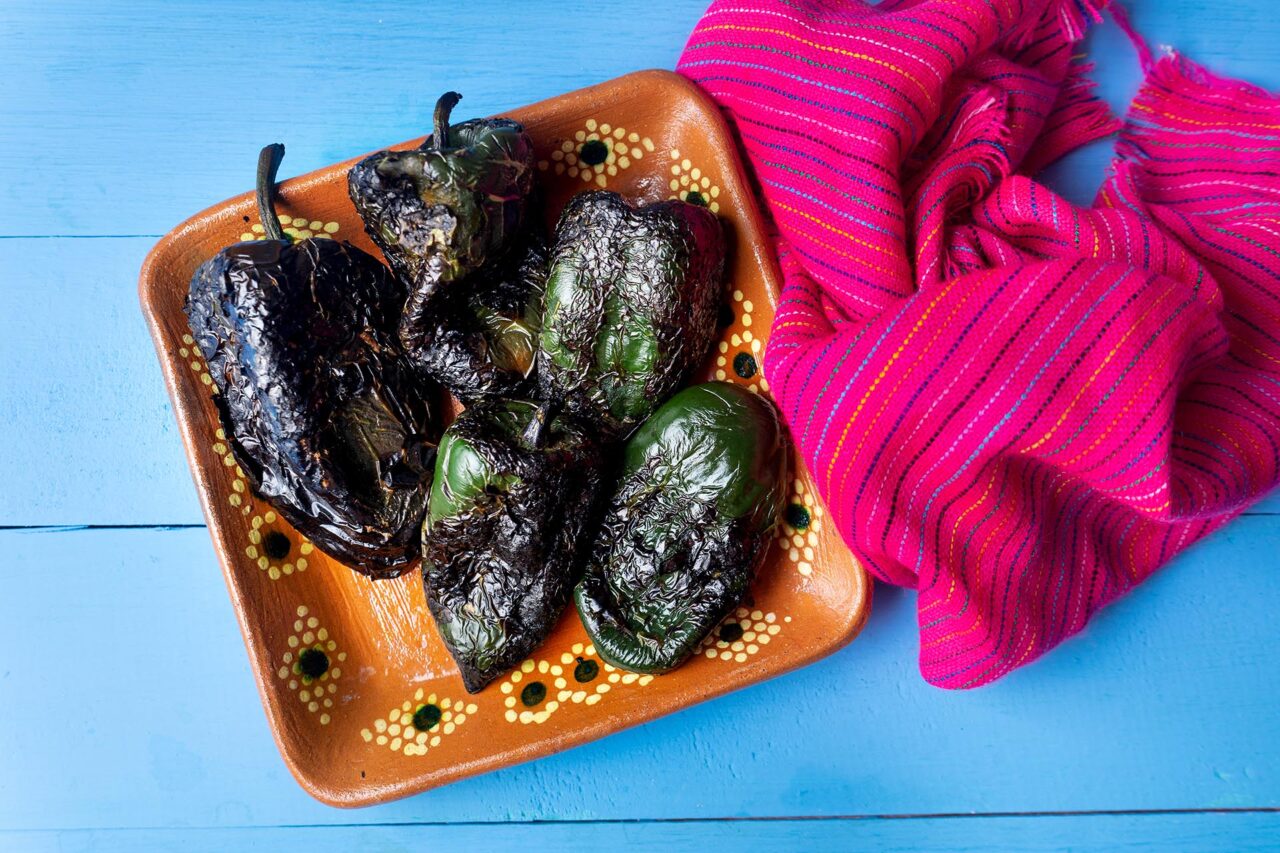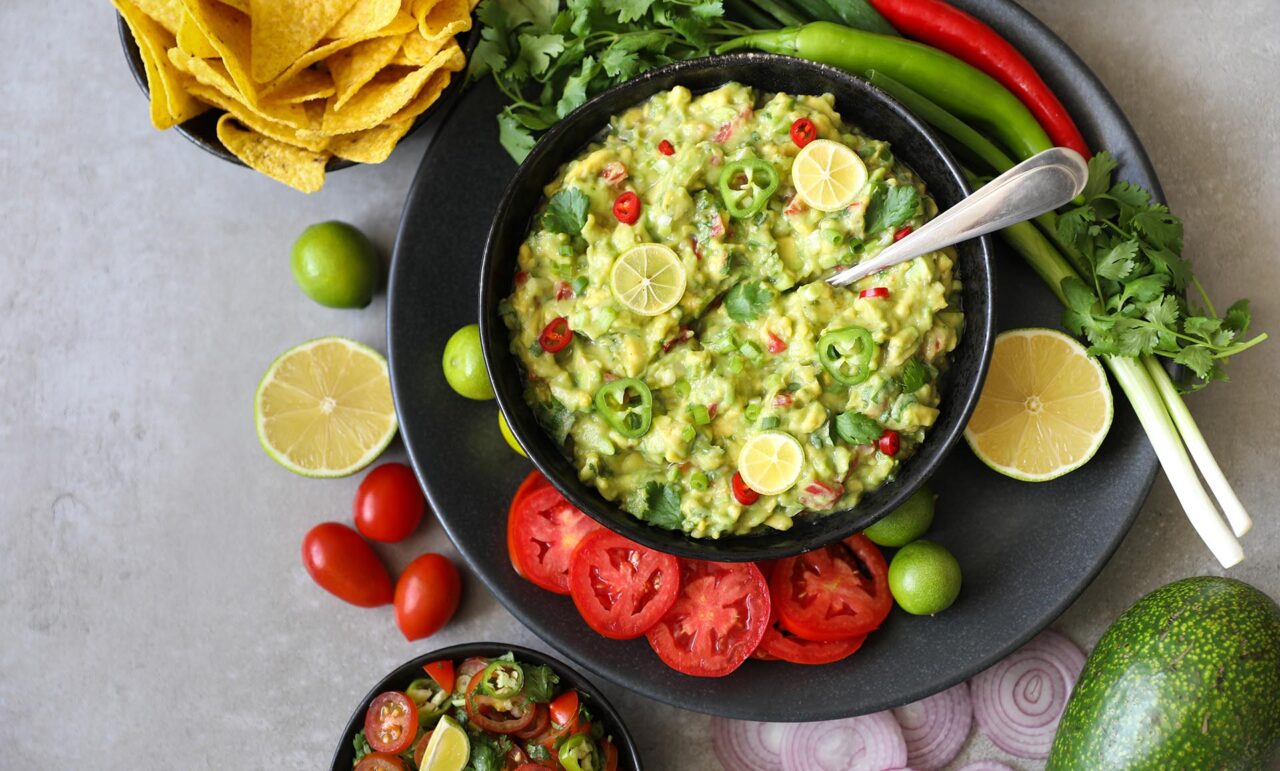3 Mediterranean-friendly recipes that use Latin flavors
A registered dietitian shows how to adapt a popular diet to be more inclusive of Hispanic food culture.

The Mediterranean diet has long been touted as the gold standard for healthy lifestyles. Shows such as “The Blue Zone” and “You Are What You Eat” have only raised the diet’s profile, highlighting its ability to reduce inflammation and prevent ailments such as diabetes, heart disease and premature aging. However, common ingredients from this region don’t appeal to every food culture.
Jon Padia, a registered dietitian and director of the Dietetic Internship program in Metropolitan State University of Denver’s Department of Nutrition, says rather than taking an “eat-this, don’t-eat-that” approach to your diet, followers of the Mediterranean diet enjoy a wide variety of foods and can continue to cook their favorite dishes with a few tweaks.
“A Hispanic diet also has vegetables, whole grains and lean fish and can be easily adapted to be ‘Mediterranean,’” Padia said. “You can think of it as more of a way of living rather than a restrictive diet and use the characteristics of the Mediterranean diet to adapt foods that you like to eat.”

If you love Latin cuisine, Padia suggests prioritizing nutrient-dense, seasonal foods that grow in Mexico, the Caribbean and South and Central America. By swapping queso Oaxaca for a low-fat Mexican-blend cheese or refried beans for fresh cooked or canned black beans, you can get all the health benefits of the Mediterranean diet while still enjoying your favorite dishes.
Guacamole, when prepared with only vegetables, herbs and spices and served with fresh vegetables vs. tortilla chips, is a perfect example of a beloved Mexican dish that is also Mediterranean diet-friendly,” he said. “Fruits like papaya, coconut and guava are fresh fruits that grow in tropical or southern regions. They are excellent choices for prioritizing in your daily diet.”
RELATED: Better ingredients for better health
What is the trickiest part of making the Mediterranean diet work for other cultures? Extra virgin olive oil. The fat, which is high in healthy monounsaturated fats and antioxidants, is a cornerstone of the Mediterranean diet. “It’s not unheard of to use olive oil in Hispanic cuisine,” said Padia. “But you’ll also find recipes commonly calling for lard. Home cooks can easily swap out the lard for olive or avocado oil.”
Make your favorite Latin foods ‘Mediterranean’
Padia created several recipes that follow the Mediterranean diet and celebrate Hispanic cuisine.
Ceviche
Consisting of shrimp, vegetables and lime juice, ceviche is an easy way to incorporate seafood and vegetables into your diet. All the ingredients below can be modified to your taste. If you love the spice of fresh onion, feel free to add more. You can also get creative with the seafood, using a combination of shrimp, scallops, salmon or tuna.
Ingredients
- 1/2 lb. cooked, peeled and deveined shrimp*
- 1/2 cup lime juice
- 1/2 cucumber, diced
- 1 avocado, diced
- 2 Roma tomatoes, diced
- 1/2 red onion, diced
- 1/8 bunch cilantro, chopped
- 1 jalapeno, seeded and minced
- Salt and pepper to taste
For serving
- Sliced cucumbers
- Tortilla chips (optional)
Preparation
- Dice shrimp and place into a large bowl. Add lime juice and stir to combine. Let marinate for 15 minutes.
- Chop the remaining vegetables into small pieces and add to the bowl with shrimp.
- Chop cilantro and stir into ceviche. Season to taste with salt and pepper.
- Serve ceviche on sliced cucumbers or tortilla chips
*This recipe calls for cooked shrimp. Ceviche can be made with raw shrimp, using lime juice to marinate the shrimp for a significant amount of time. Consuming raw or undercooked meats, poultry, seafood, shellfish or eggs may increase your risk of foodborne illness, especially if you have certain medical conditions.
RELATED: Recipe: pozole rojo

Fire-roasted peppers stuffed with vegetables
Fire-roasting a pepper may sound intimidating, but with a little practice, you can master this style of preparation and make your plate (and even kitchen) come alive with the taste and smell of fire. Traditionally, peppers are roasted over an open flame, which you can do at home. Other options include using a hot cast-iron pan on your stovetop or, even better, a barbecue grill. Poblanos are often stuffed with cheese and deep-fried, such as a chili relleno, but this recipe is an easy way to take out the deep-frying and substitute lean proteins and added vegetables to your diet.
Ingredients
Poblano peppers
Oil of your choice (for coating poblanos, choose an oil with a high smoke point, such as avocado oil, which is Mediterranean diet-friendly)
For filling
- Corn
- Onion
- Tomato
- Cilantro
- Cheese of your choice (Mexican blend or Mexican style such as queso fresco)
- Lean protein of your choice (chicken, shrimp)
- Salt and pepper to taste
Preparation
Roast the poblano pepper
- Coat poblano pepper with oil lightly all around and set the poblano on a very hot pan (preferably cast iron or on a BBQ grill) and cook until lightly charred.
- Place into a heat-proof bowl and cover with foil. Let rest for 5 minutes.
- Using the sharp end of a knife, scrape sideways, removing the char.
- Slice the pepper open and remove the seeds and white membrane.
Prepare the filling
- Dice tomato, onion and cilantro and thinly slice protein, if using.
- Place a small amount of oil in a pan, and when the oil is hot, cook the onion until translucent.
- Add protein source, if using, cooking to the desired level (cook chicken thoroughly).
- Add tomato and corn, cooking until hot. Season to taste with salt and pepper.
- Stuff poblano with filling and top with cilantro and cheese. Tip: You can bake or microwave it to help melt the cheese, and it will help hold the poblano together.

RELATED VIDEO: Recipe: ají amarillo chicken with diosa verde
Guacamole
Guacamole has always been a fan favorite and is easy to make. Play around with simple ingredient additions to change the flavor or texture profile. For an easy way to eat more vegetables, substitute sliced cucumbers for tortilla chips. All ingredients below are approximate — if you like spicier guacamole or more garlic, add to your desired taste preference.
Ingredients
- 3 medium avocados
- 1 teaspoon lime juice
- 1 Roma tomato, diced
- 2 tbsp red onion, diced
- Jalapeno, finely diced (generally, one per small bowl of guacamole will suffice)
- Garlic powder, salt and pepper to taste
- Serving vegetables to include cucumbers, peppers, carrots or your choice to dip (optional)
Preparation
- Dice tomato, onion and jalapeno, then set aside.
- Gently cut the avocado until you hit the pit. Cut around the pit in a circular motion.
- Separate the avocado halves and remove the pit.
- Using a spoon, scoop the avocado out from the skin.
- In a large mixing bowl, mash the avocado with the back of a fork to your desired texture. I prefer my avocado chunkier.
- Add onions, tomato, jalapeno and lime juice and mix.
- Season with garlic powder, salt and pepper to taste.
Serve guacamole as a dip for vegetables such as sliced cucumbers, jicama or bell peppers.







